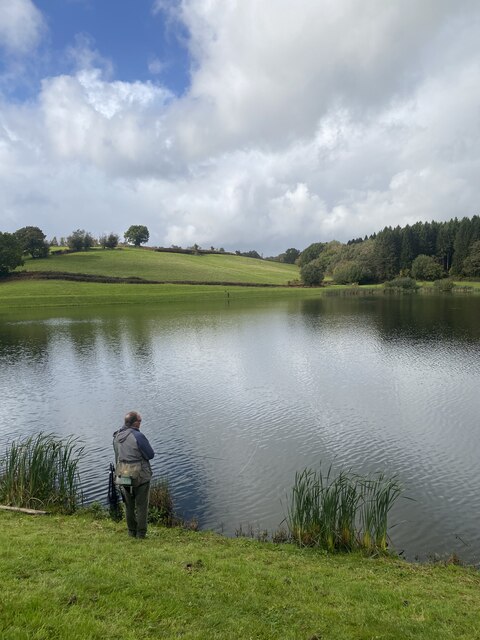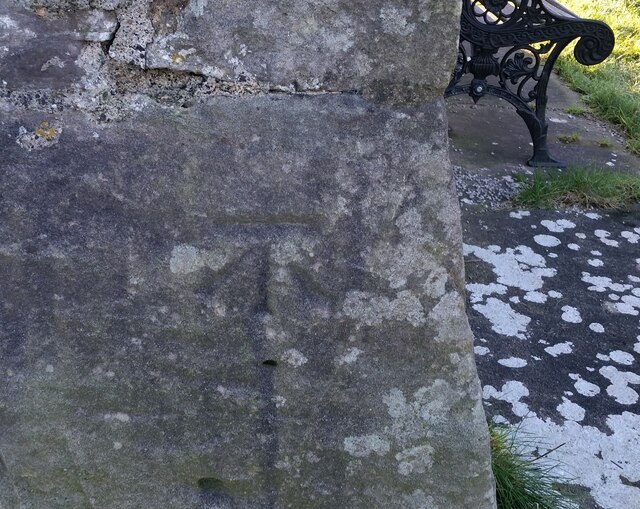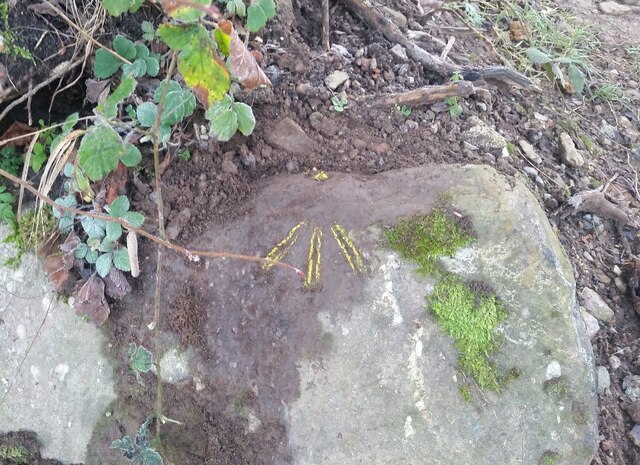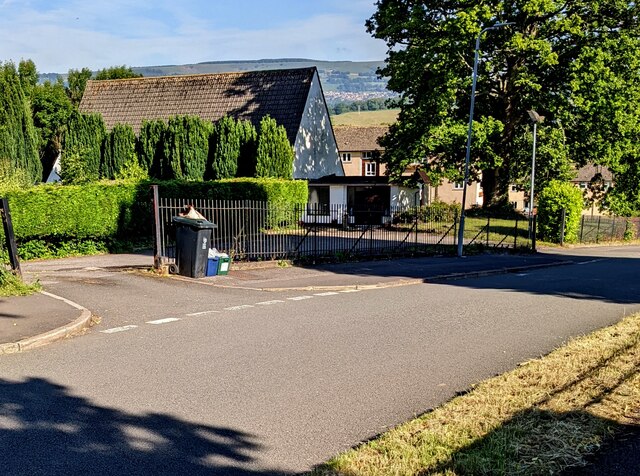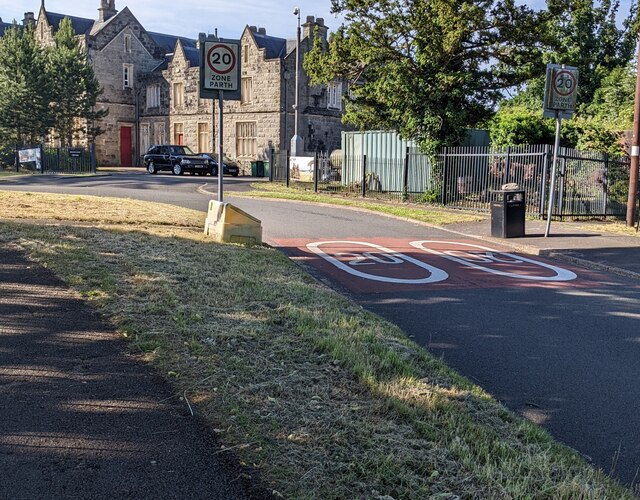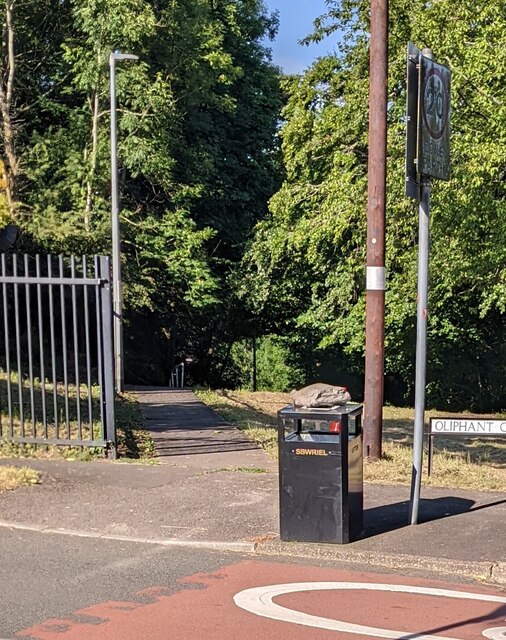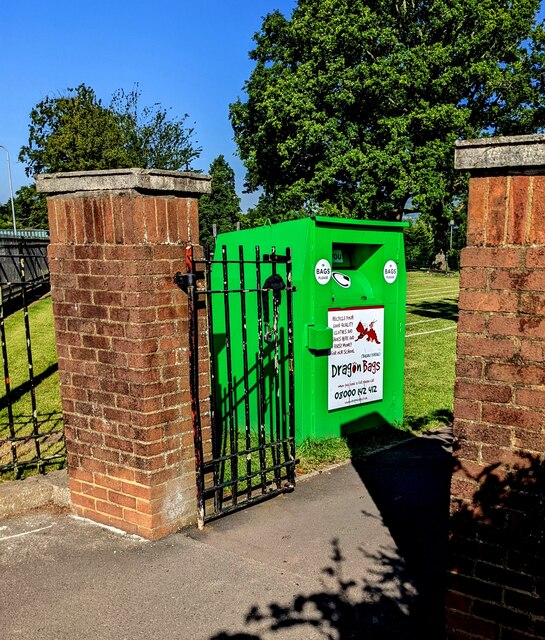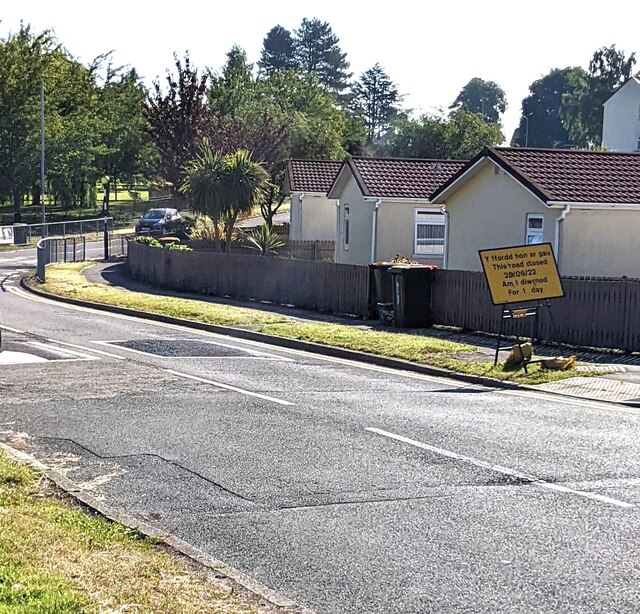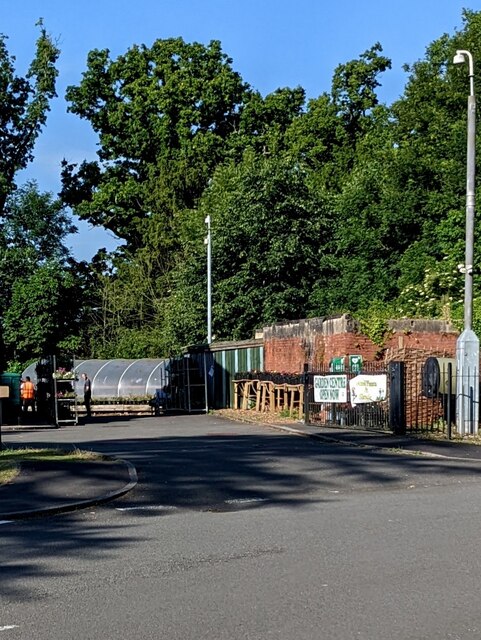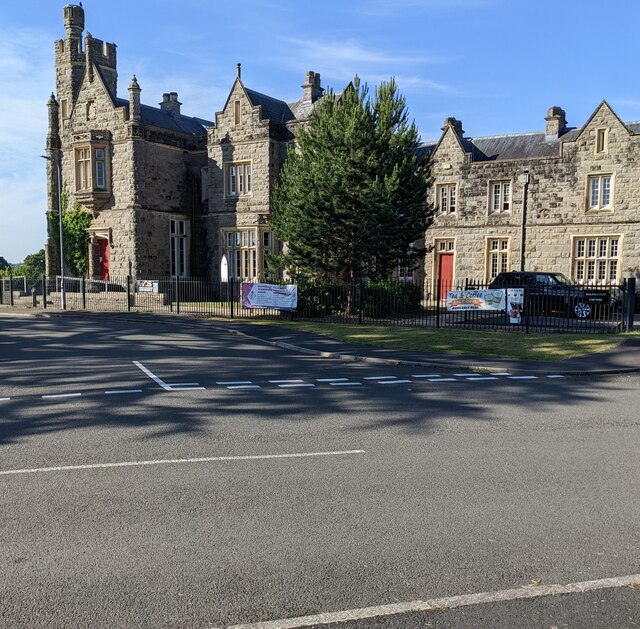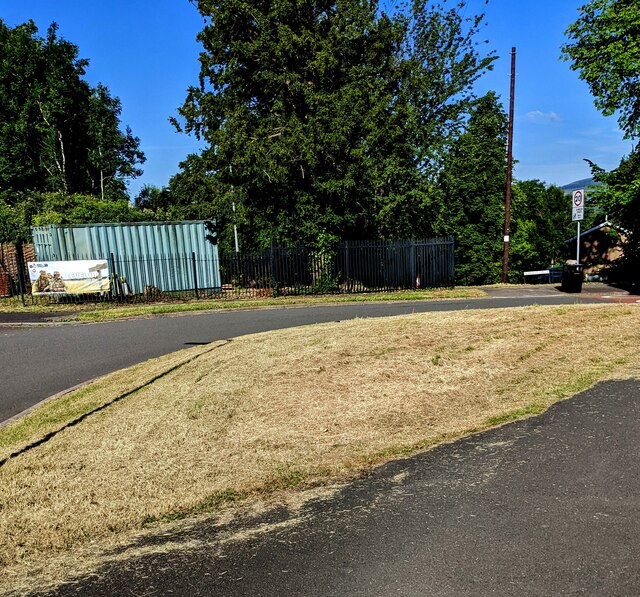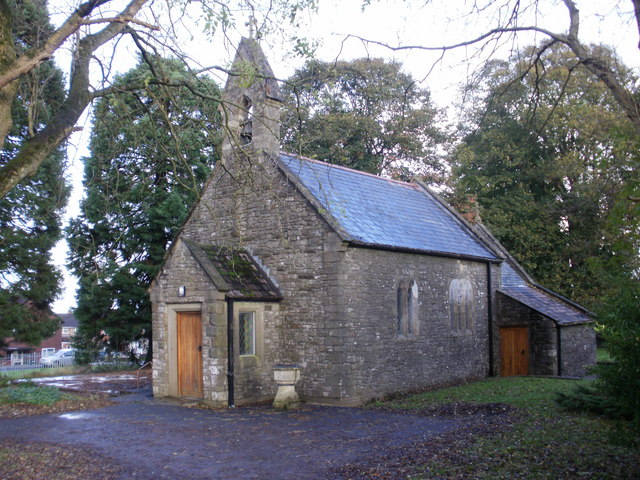Coed-y-Crydd
Wood, Forest in Monmouthshire
Wales
Coed-y-Crydd
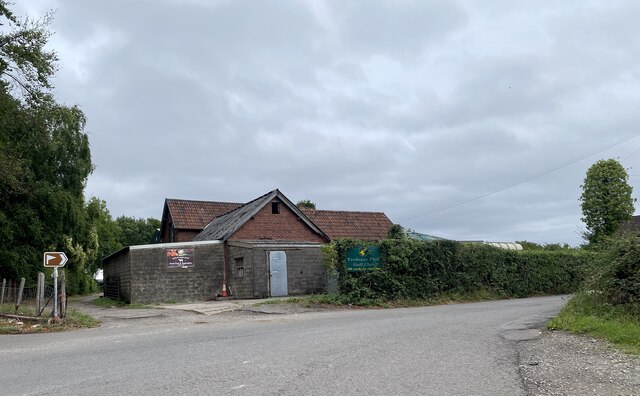
Coed-y-Crydd is a picturesque woodland area located in the county of Monmouthshire, Wales. Covering an expansive area, this enchanting forest is nestled within the beautiful landscape of the Wye Valley. The name Coed-y-Crydd translates to "wood of the shoemaker" in English, reflecting the historical association of the area with the shoemaking trade.
This ancient woodland is renowned for its remarkable biodiversity, boasting a rich variety of plant and animal species. The forest is predominantly composed of native broadleaf trees such as oak, beech, and ash, creating a dense canopy that provides a habitat for numerous wildlife inhabitants. Visitors to Coed-y-Crydd can expect to encounter a diverse range of bird species, including woodpeckers, owls, and various songbirds.
The forest offers an array of walking trails, allowing nature enthusiasts to explore its natural beauty at their own pace. These paths wind through the woodland, leading visitors to discover hidden streams, tranquil glades, and striking views of the surrounding countryside. The vibrant displays of wildflowers, especially in the spring and summer months, add to the charm of Coed-y-Crydd.
In addition to its natural allure, Coed-y-Crydd holds historical significance. The forest is home to several ancient ruins, such as the remains of an Iron Age hillfort and a medieval chapel, providing glimpses into the area's past.
Coed-y-Crydd is a captivating destination for those seeking tranquility and a connection with nature. Its idyllic setting, diverse wildlife, and rich history make it a must-visit location in Monmouthshire.
If you have any feedback on the listing, please let us know in the comments section below.
Coed-y-Crydd Images
Images are sourced within 2km of 51.61256/-3.0409991 or Grid Reference ST2890. Thanks to Geograph Open Source API. All images are credited.
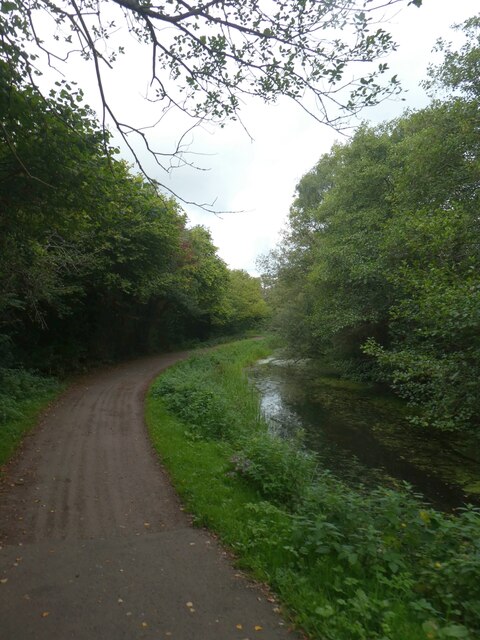
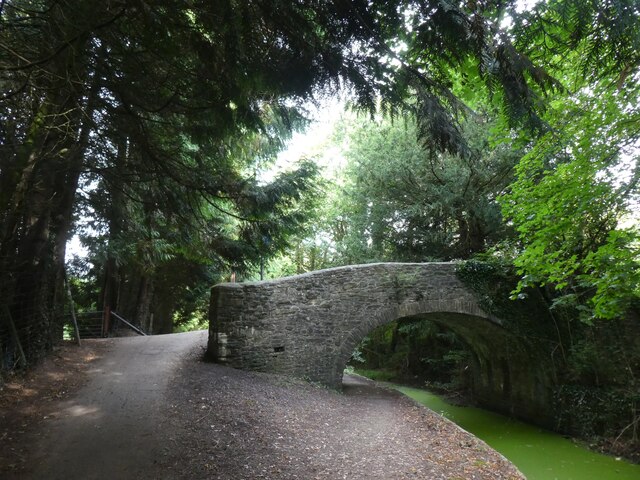
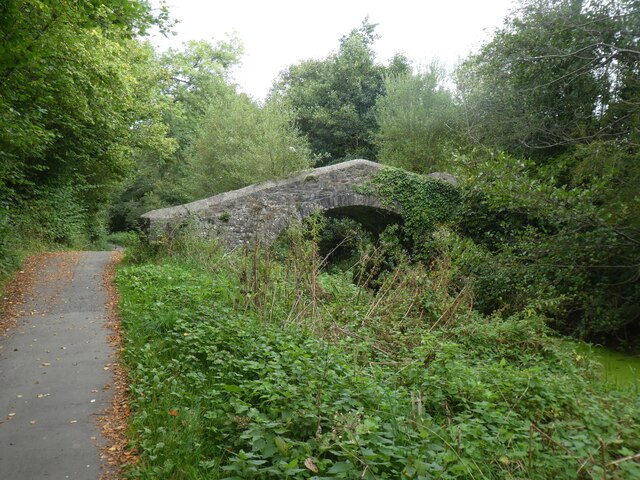
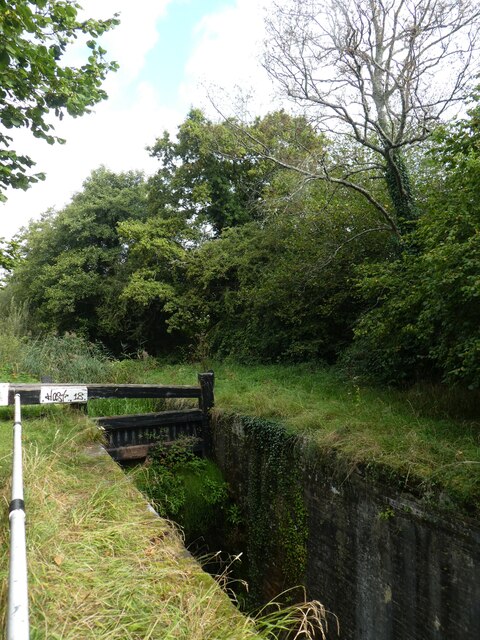
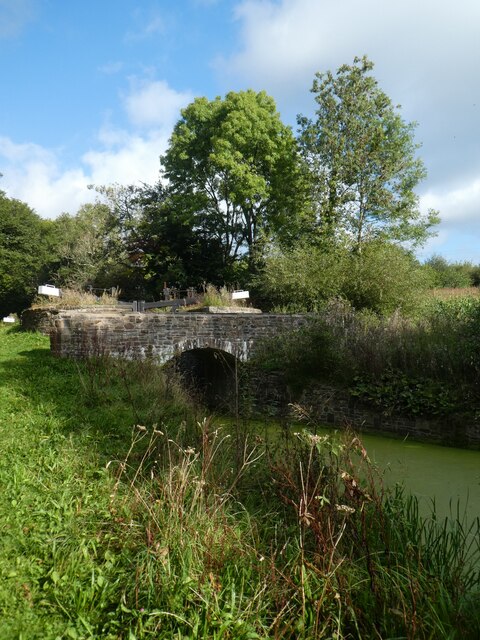
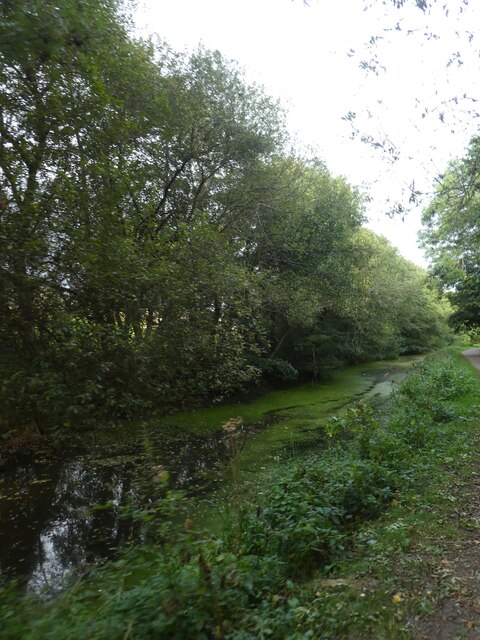
Coed-y-Crydd is located at Grid Ref: ST2890 (Lat: 51.61256, Lng: -3.0409991)
Unitary Authority: Newport
Police Authority: Gwent
What 3 Words
///exile.inner.tape. Near Newport
Nearby Locations
Related Wikis
Bettws, Newport
Bettws (Welsh: Betws) is a large modern housing estate, electoral ward and coterminous community (parish) of the city of Newport, South Wales. == Etymology... ==
Newport High School (Wales)
Newport High School (Welsh: Ysgol Uwchradd Casnewydd) is a co-educational secondary school in the Bettws district of the city of Newport, South Wales,...
Risca Community Comprehensive School
Risca Community Comprehensive School is a community comprehensive school located in the town of Risca near Newport on the eastern side of the Caerphilly...
Rougemont School
Rougemont School (Welsh: Ysgol Rougemont) is an independent co-educational day school located in the manor house Llantarnam Hall in south Wales. The school...
Fourteen Locks
Fourteen Locks (grid reference ST277886) is a series of locks, also known as the Cefn Flight, on the Crumlin arm of the Monmouthshire Canal at Rogerstone...
Malpas, Newport
Malpas is an electoral district (ward) and coterminous community (parish) of the city of Newport, South Wales. The area is governed by the Newport City...
St Joseph's Hospital, Newport
St Joseph's Hospital is one of the largest privately owned hospitals in Wales. It is situated on Harding Avenue, Malpas, Newport. == History == === Origins... ===
Welsh Oak
The Welsh Oak is a pub located in Pontymister, Caerphilly County Borough, Wales. In recent years, due to a decline in trade, the pub has ceased trading...
Nearby Amenities
Located within 500m of 51.61256,-3.0409991Have you been to Coed-y-Crydd?
Leave your review of Coed-y-Crydd below (or comments, questions and feedback).
